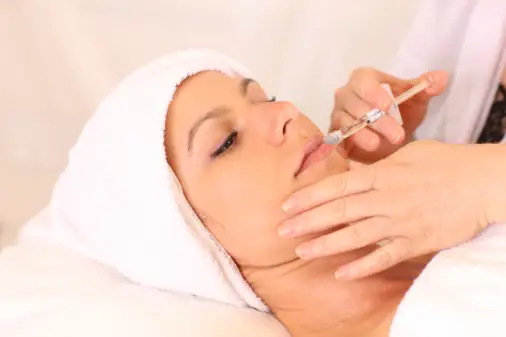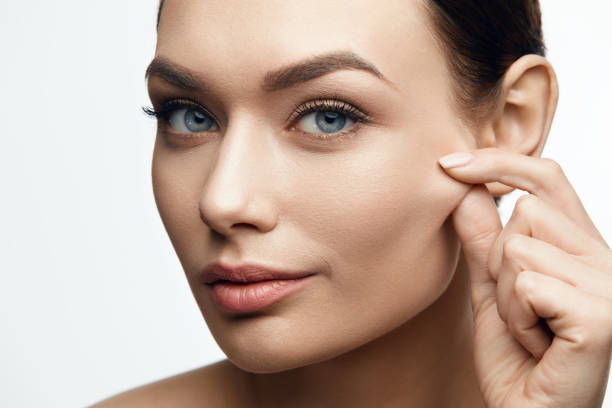Dermal fillers are generally safe when administered by a trained and qualified professional. However, like any medical procedure, there are risks involved. Some potential complications and risks associated with dermal fillers include:
- Bruising and swelling: These are common side effects and usually resolve within a few days.
- Allergic reactions: Though rare, some people may be allergic to the substances in dermal fillers, leading to itching, redness, or swelling.
- Infection: Any injection carries a risk of infection, especially if proper sterilization procedures are not followed.
- Lumps or bumps: Improper injection technique or migration of the filler can sometimes result in irregularities under the skin.
- Necrosis: In rare cases, the filler can block blood vessels, leading to tissue death (necrosis). This risk is higher when fillers are injected into certain areas with limited blood supply, such as the nose or glabella (between the eyebrows).
- Granulomas: Some people may develop small, firm bumps under the skin known as granulomas as a reaction to the filler material.
- Tyndall effect: Certain fillers, particularly hyaluronic acid fillers, can cause a bluish discoloration if injected too superficially.
- Migration or overcorrection: Fillers can sometimes move from the injection site or be overcorrected, leading to undesirable results.
- Vision disturbances: If filler material is inadvertently injected into blood vessels around the eye, it can lead to vision disturbances or blindness. This is extremely rare but considered a medical emergency.
To minimize risks, it’s crucial to choose a qualified and experienced injector, discuss your medical history and expectations openly with them, and follow all pre- and post-procedure instructions carefully. If you experience any concerning symptoms after receiving dermal fillers, such as severe pain, persistent swelling, or changes in vision, seek medical attention promptly.

How often do dermal fillers go wrong?
In general, severe complications with dermal fillers, such as vascular compromise leading to tissue necrosis or blindness, are very rare but can occur. Less severe complications, such as bruising, swelling, or minor irregularities, are more common but typically resolve on their own within a few days to weeks.
Several studies and reviews have examined the safety of dermal fillers, and they generally conclude that adverse events are infrequent. However, it’s essential for patients to be aware of the potential risks and to choose their injector carefully. Additionally, open communication between the patient and the injector, along with a thorough understanding of the procedure and its potential outcomes, can help minimize the likelihood of complications.
